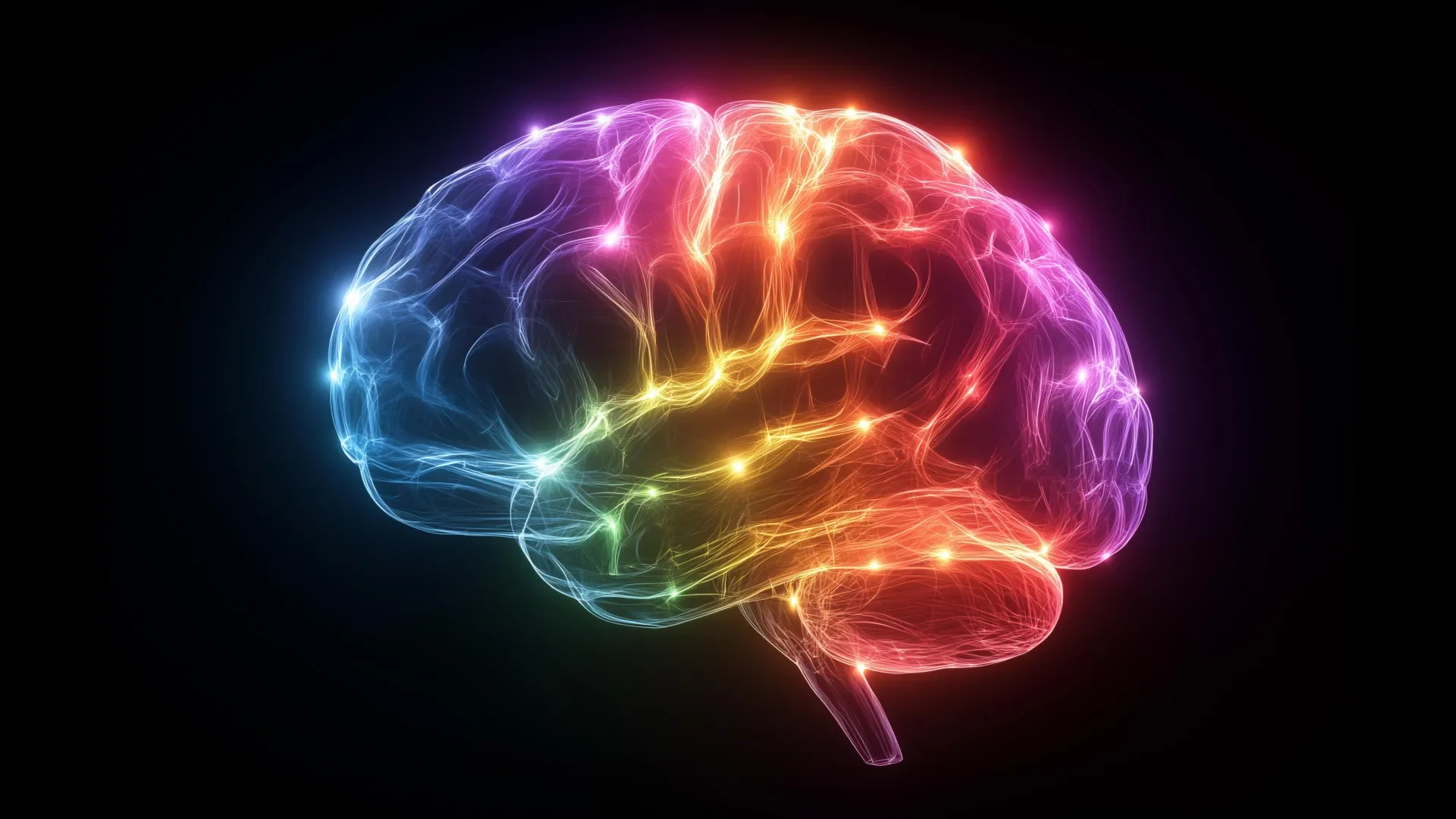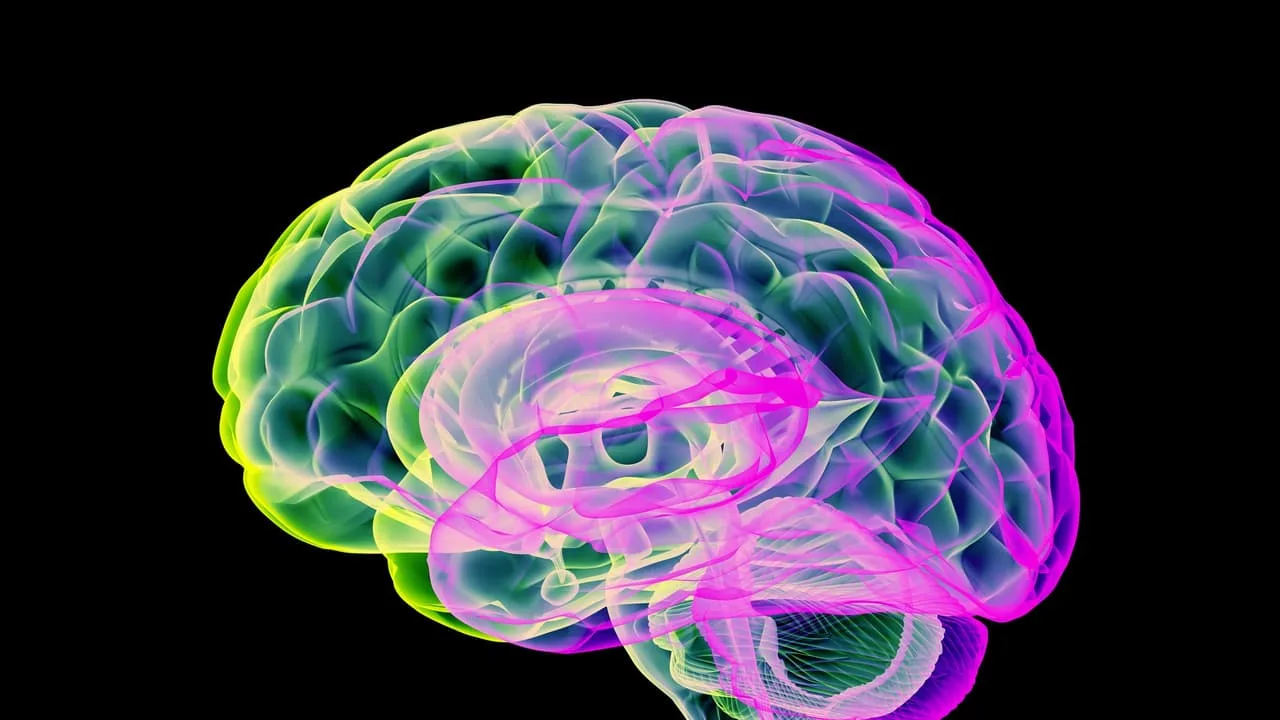Scientists at Skoltech have developed a mathematical model indicating human memory capacity peaks with seven distinct sensory features, challenging the classic five-sense paradigm.

October 9, 2025

Source:
Science Daily
The New Memory Model
Researchers at Skolkovo Institute of Science and Technology (Skoltech) have introduced a mathematical model that may reshape our understanding of human memory. The team found that memory capacity reaches its highest point when information is represented by seven distinct features — not the traditional five layouts of sensory input.
The study, published in Scientific Reports, delves into how our brains encode memories using memory engrams. These engrams are clusters of neurons that store information as multidimensional objects, with each dimension corresponding to different sensory data, such as sight or sound.
Key Findings
Seven features maximize memory capacity
Traditional five-sense concepts may not fully utilize memory potential
Model suggests human memory could improve with extra senses
Keep up with the story. Subscribe to the PR+ free daily newsletter

Source:
Asianet Newsable
How Memory Engrams Operate
The mathematical model views each memory concept as existing in a multi-dimensional space. For example, a banana might be encoded visually, by smell, taste, touch, and more. According to project lead Nikolay Brilliantov, optimizing sensory input to seven features allows the brain to encode the highest number of unique, non-overlapping concepts.
Supporting this, previous researchers have considered more than five senses, including balance, temperature, and body position — but none have set out a mathematical optimum as this team has done.
Potential Applications
AI and robotics: Designing systems around seven "senses" could maximize data retention (MIT Technology Review).
The model may assist in developing cognitive enhancements or sensory augmentation for humans in the future.
Read More

Source:
SciTechDaily
Share this news:




















